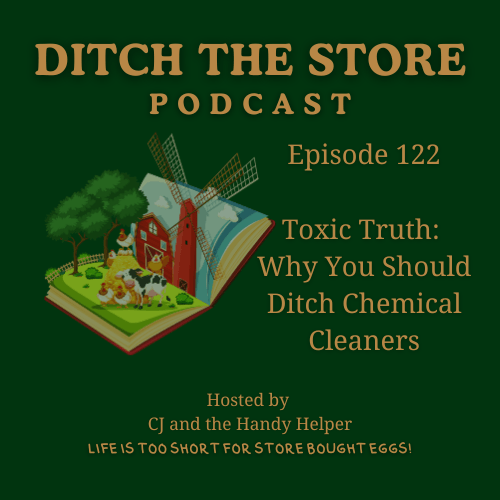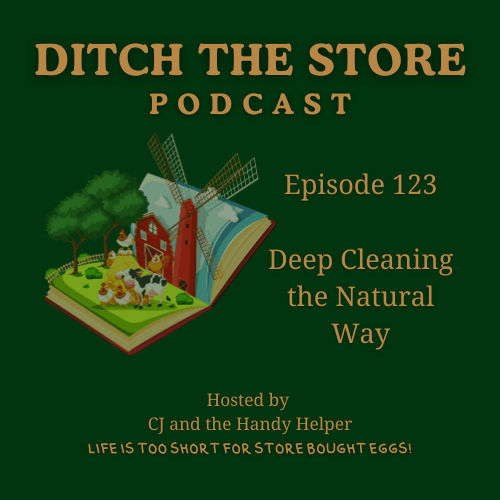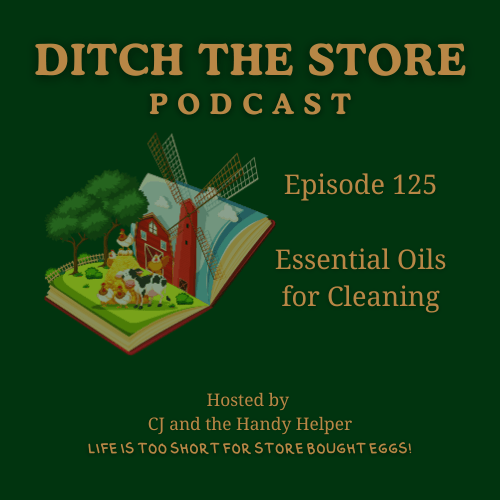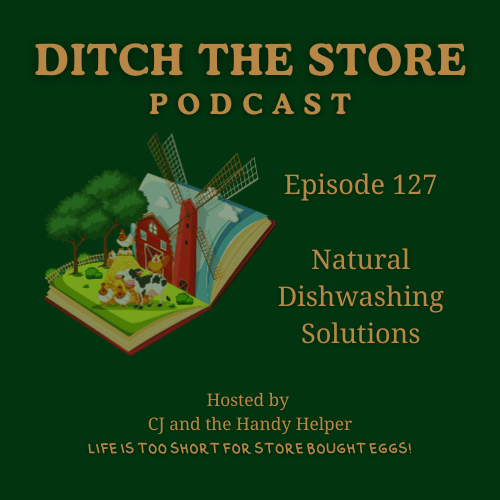
Bathroom Cleaning without the Toxins
Bathroom Cleaning Without the Toxins
If you’ve been following the Natural Cleaning Series, you’ll know we’ve already tackled the kitchen and laundry. Today, we’re heading into the bathroom — the most chemical-loaded room in the house.
Think bleach sprays, mould removers, synthetic “lemon fresh” scents, and toilet bowl cleaners. They promise “fresh and clean” but often leave us with stinging eyes, dry hands, and a chemical haze that lingers.
I had my own turning point years ago when a strong cleaner left me coughing and with skin rashes — not to mention my concerns about what was going down the drain into our septic system. That’s when I ditched the store-bought bathroom arsenal and switched to homemade, non-toxic options.
By the end of this post, you’ll have three core recipes that can replace almost everything under your sink — for cents per clean.
Why Go Natural?
Health Impacts
Conventional bathroom cleaners can contain chlorine bleach, ammonia, hydrochloric acid, and synthetic fragrances.
These can irritate eyes, skin, and lungs — and trigger asthma. Even “fresh” scents often hide phthalates, which are linked to hormone disruption.

Environmental Impact
Harsh chemicals disrupt septic and greywater systems by killing off the beneficial bacteria that keep them working.
They can also damage pipes and harm aquatic life once they enter waterways. Add in the constant stream of plastic bottles, and it’s a lot of waste for one small room.
Cost Factor
The average household buys separate products for the toilet, shower, floors, and mould removal — often $5–$8 each.
With DIY, you can make all of them using a few simple ingredients for under $1 a batch.
DIY Bathroom Recipes
Toilet Cleaner (Fizzing Action)
Ingredients:
½ cup bicarb soda
½ cup citric acid
15 drops Tea Tree Essential Oil or Eucalyptus Essential Oil
Method: Sprinkle bicarb and citric acid into the bowl, add essential oil, and flush after the fizz.
Why it Works: Bicarb deodorises, citric acid tackles limescale, and essential oils add antibacterial properties. Pre-mix dry ingredients in a jar for quick use.
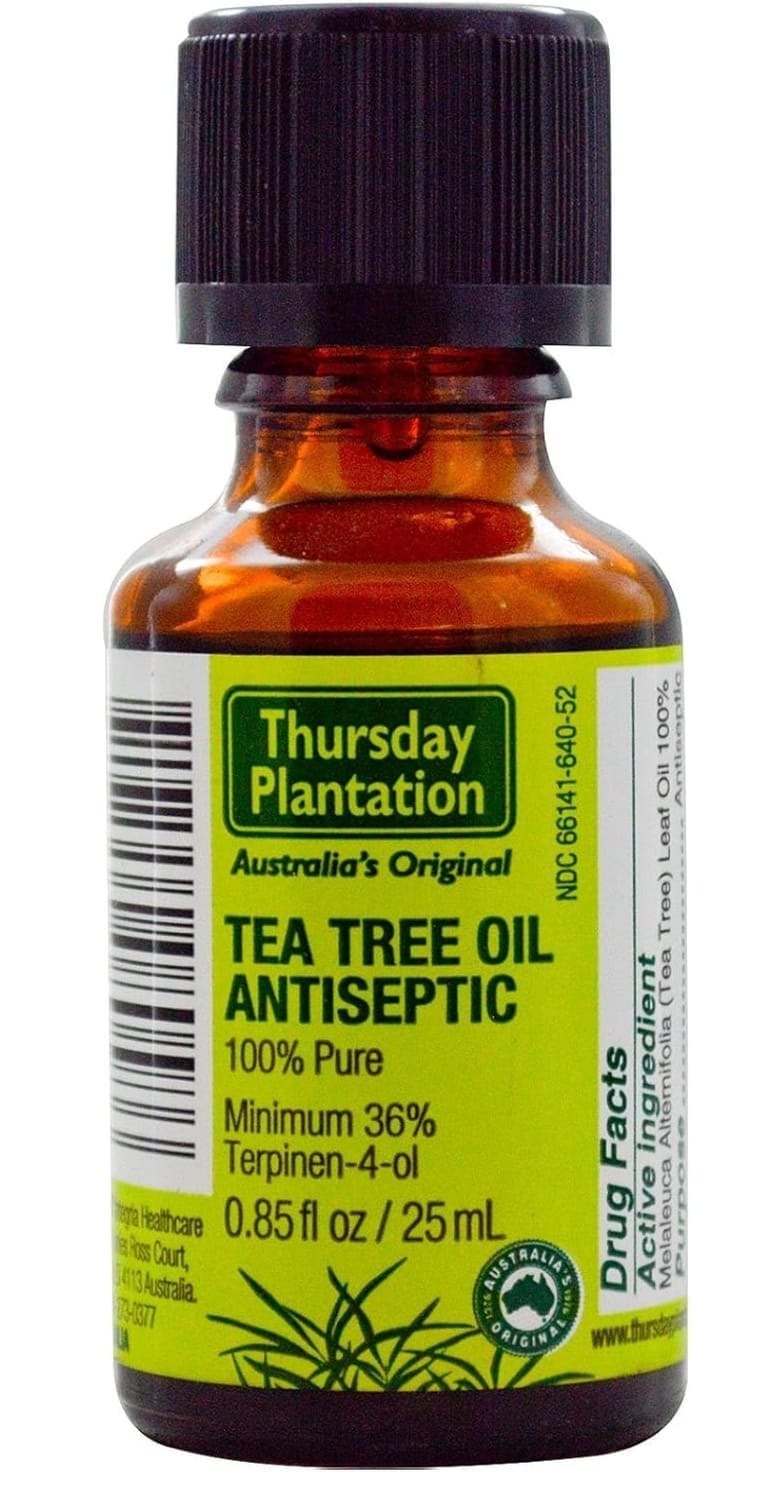
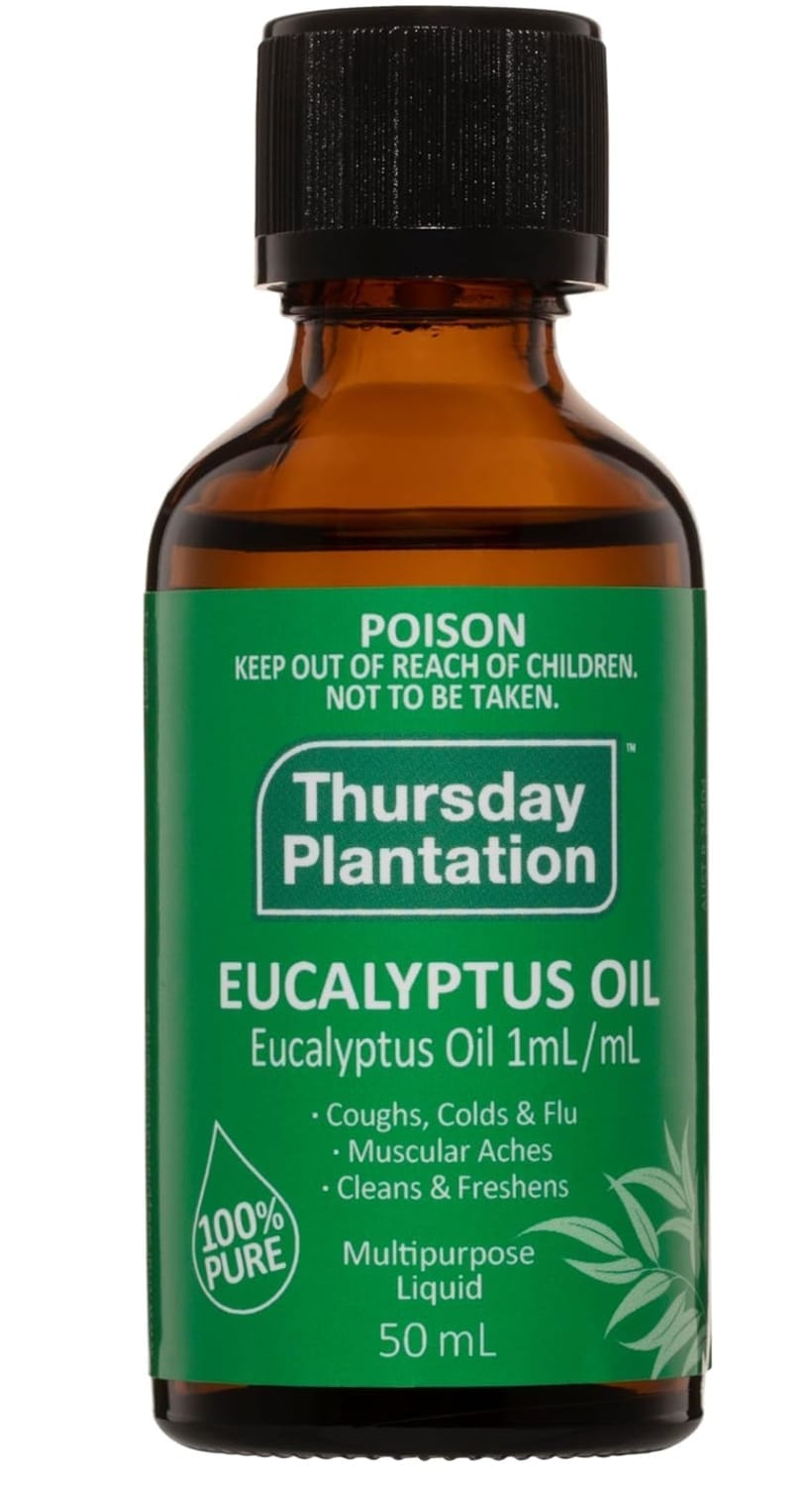
Mould & Mildew Spray
Ingredients:
1 cup white vinegar
10 drops Tea Tree Essential Oil
10 drops Clove Oil
Method: Combine in a spray bottle, spray affected areas, leave for 20 minutes, then scrub lightly.
Why it Works: Vinegar kills spores, clove oil prevents regrowth, and tea tree adds antifungal punch. Always test on grout or tiles first — vinegar is acidic.
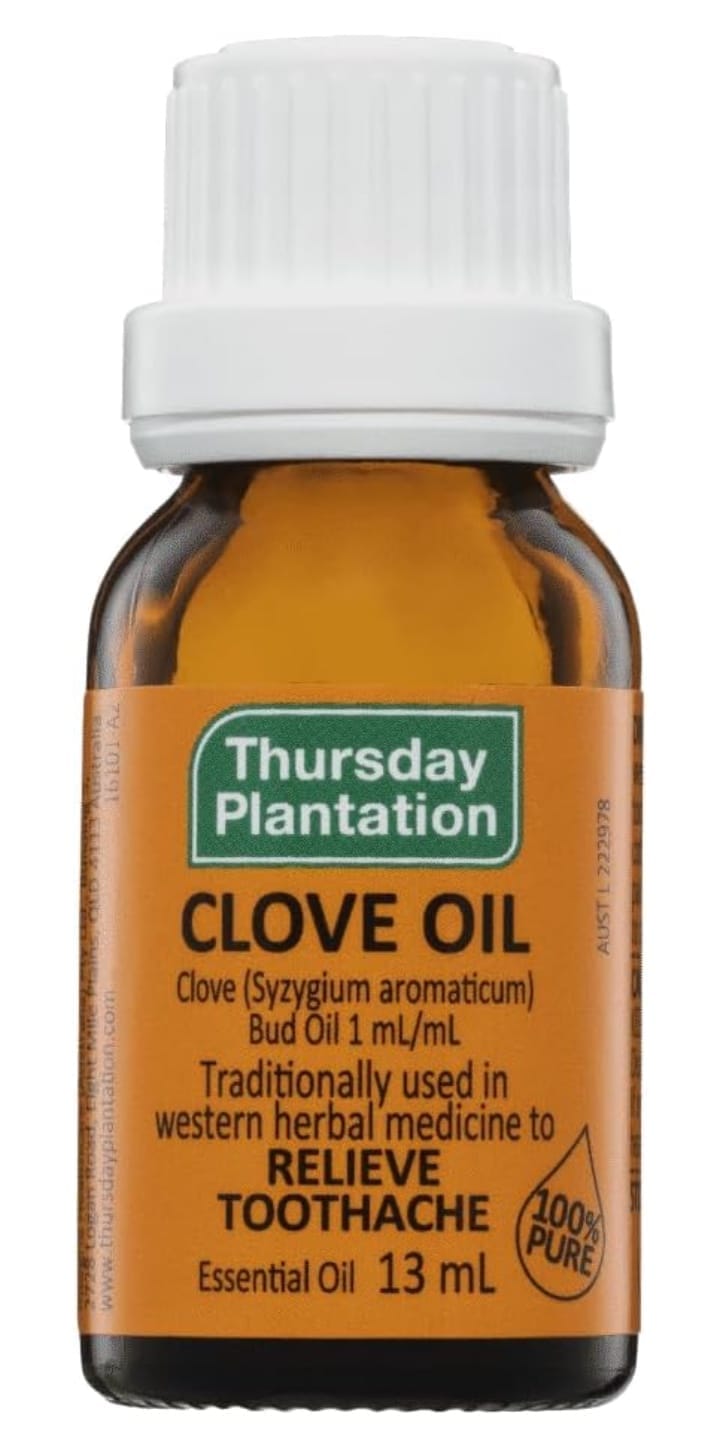
Tile & Grout Scrub
Ingredients:
1 cup bicarb soda
¼ cup castile soap
Splash of vinegar
Optional: 5 drops Lemon Essential Oil or Peppermint Essential Oil for extra freshness
Method: Mix to a paste, apply to grout, scrub with an old toothbrush, then rinse.
Why it Works: Bicarb scrubs without scratching, castile soap lifts grime, and vinegar cuts soap scum.


Tips for Bathroom Freshness
Natural Air Fresheners
Simmer citrus peels and cloves on the stove.
Place a jar of bicarb with a few drops of Lavender Essential Oil in the bathroom to absorb odours.
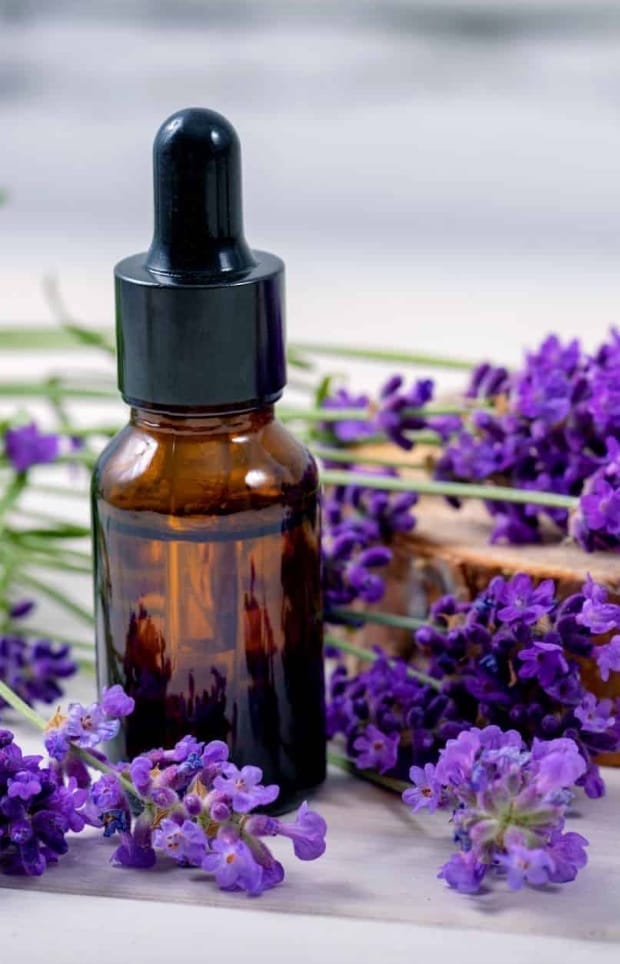
Drain Refresh
Pour ½ cup bicarb into the drain, follow with ½ cup vinegar, let fizz for 10 minutes, then flush with hot water.
Prevention Over Cure
Run the exhaust fan or open a window after showers to reduce mould growth.
Keep a microfibre cloth handy for a quick wipe-down after use.
Septic & Greywater Safe Cleaning
Even small amounts of bleach, ammonia, or harsh disinfectants can damage septic systems, corrode pipes, and harm soil microbes.
Instead, stick to garden- and septic-friendly ingredients like vinegar, bicarb, citric acid, castile soap, and essential oils.
Combine gentle products with regular system maintenance for a healthy, long-lasting setup.
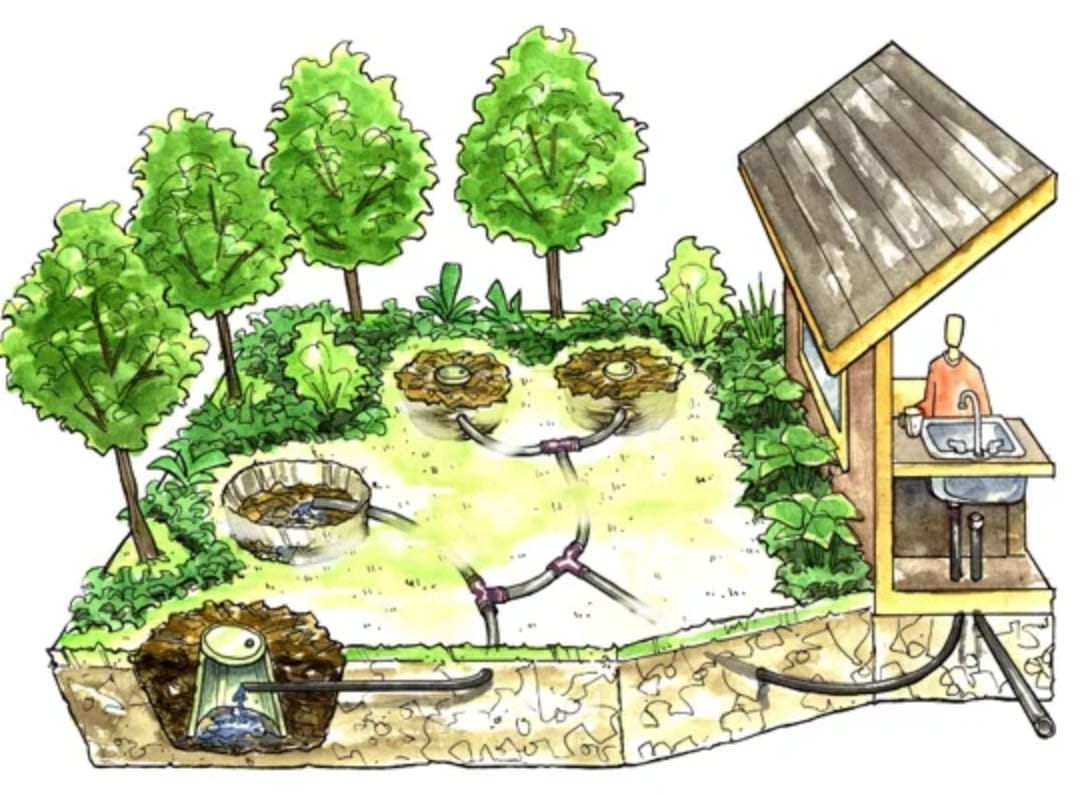
Common Questions
Will vinegar damage my tiles? Avoid using it on natural stone, but it’s safe for ceramic and most grout.
Is citric acid safe in septic systems? Yes, in normal household amounts.
Do essential oils really kill germs? Many have proven antibacterial and antifungal properties, but they work best as part of a consistent cleaning routine.
Switching to homemade cleaners isn’t just about ditching the toxins — it’s about saving money, protecting your health, and keeping our environment in better nick for the next generation.
And honestly? Once you see your bathroom sparkling without that chemical cloud, you’ll never go back.
BY MOJO HOMESTEAD
